RNF213 Variants, Vasospastic Angina, and Risk of Fatal Myocardial Infarction
JAMA Cardiology
JUNE 17, 2024
This genetic association study evaluated genetic variants associated with increased risk of vasospastic angina.
This site uses cookies to improve your experience. To help us insure we adhere to various privacy regulations, please select your country/region of residence. If you do not select a country, we will assume you are from the United States. Select your Cookie Settings or view our Privacy Policy and Terms of Use.
Cookies and similar technologies are used on this website for proper function of the website, for tracking performance analytics and for marketing purposes. We and some of our third-party providers may use cookie data for various purposes. Please review the cookie settings below and choose your preference.
Used for the proper function of the website
Used for monitoring website traffic and interactions
Cookies and similar technologies are used on this website for proper function of the website, for tracking performance analytics and for marketing purposes. We and some of our third-party providers may use cookie data for various purposes. Please review the cookie settings below and choose your preference.
 Angina Related Topics
Angina Related Topics 
JAMA Cardiology
JUNE 17, 2024
This genetic association study evaluated genetic variants associated with increased risk of vasospastic angina.

Heart Sisters
JANUARY 28, 2024
If you live with heart disease, it’s important to know the surprising effects of COLD TEMPERATURES on your heart health.

The British Journal of Cardiology
MARCH 4, 2025
Coronary artery spasm (CAS), or Prinzmetal angina, is a recognised cause of myocardial ischaemia in non-obstructed coronary arteries which typically presents with anginal chest pain. This case report describes an atypical presentation of CAS in a 68-year-old white British male with cardiovascular risk factors.

Open Heart
DECEMBER 6, 2023
Objectives Vasospastic angina (VSA) is a complex coronary vasomotor disorder associated with an increased risk of myocardial infarction and sudden death. Despite considerable advances in understanding VSA pathophysiology, the interplay between genetic and environmental factors remains elusive.
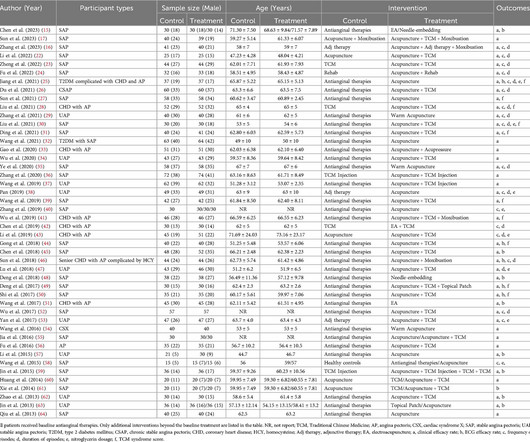
Frontiers in Cardiovascular Medicine
JANUARY 29, 2025
ObjectiveAcupuncture combined with multiple treatment modalities has been widely employed for treating angina pectoris. This paper compared the efficacy of acupuncture combined with multiple treatment modalities for angina pectoris by network meta-analysis (NMA).MethodsAs and Stata (version 16.0).Results46

HCPLive
MAY 6, 2024
The meta-analysis demonstrated gout with high blood uric acid levels significantly increases the risk of experiencing angina attacks.

American College of Cardiology
AUGUST 14, 2024
The following are key points to remember from a state-of-the-art review on optimizing management of stable angina.

American College of Cardiology
DECEMBER 21, 2023
The goal of the ORBITA-2 trial was to assess the efficacy of percutaneous coronary intervention (PCI) compared with a sham placebo procedure for angina relief among patients with stable angina who were not on background antianginal medication.

Frontiers in Cardiovascular Medicine
JANUARY 28, 2025
Furthermore, we utilized mass spectrometry analysis, network pharmacology, and lipidomics to predict the potential mechanisms of FFDS in the treatment of SCHD.ResultsFollowing treatment, FFDS demonstrated significant improvements in serum triglyceride levels (P=0.013) and a reduction in the frequency of angina episodes (P=0.021).
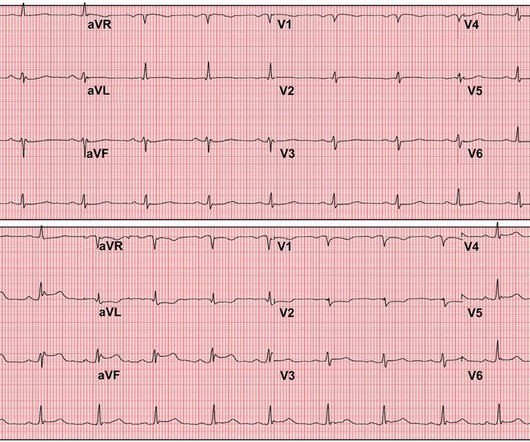
Frontiers in Cardiovascular Medicine
JULY 5, 2024
BackgroundVasospastic angina usually presents with intermittent episodes of chest pain. The patient was started on calcium channel blocker therapy with resolution of symptoms.ConclusionPhantom odor perception has been rarely reported as an angina-equivalent symptom.

American College of Cardiology
JUNE 6, 2024
The ORBITA-2 (Objective Randomized Blinded Investigation With Optimal Medical Therapy of Angioplasty in Stable Angina) trial data demonstrate that, in patients with stable angina and ischemia producing coronary stenoses.
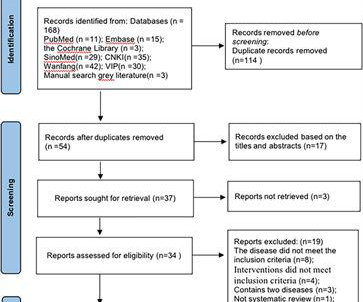
Frontiers in Cardiovascular Medicine
FEBRUARY 12, 2024
Background Tongxinluo capsule (TXLC) is a common drug for treating angina pectoris of coronary heart disease (CHD). In recent years, many systematic reviews (SRs) and meta-analyses (MAs) have reported the efficacy and safety of TXLC for improving angina symptoms in patients with CHD.
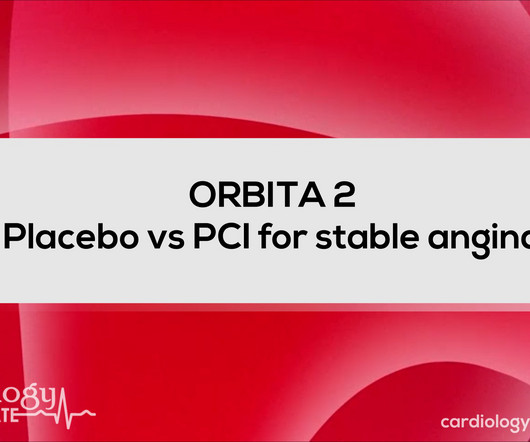
Cardiology Update
NOVEMBER 19, 2023
The ORBITA-2 trial ( NCT03742050 ) investigated the efficacy of Percutaneous Coronary Intervention (PCI) compared to placebo in 301 patients with stable angina. At the 12-week mark, the PCI group exhibited a significantly lower mean angina score (2.9) compared to the placebo group (5.6; odds ratio, 2.21; 95% CI, 1.41-3.47;

Med Page Today
APRIL 8, 2024
(MedPage Today) -- ATLANTA -- For people with stable coronary artery disease and refractory angina, a coronary sinus reducer (CSR) implant showed a symptom alleviation benefit in the small placebo-controlled ORBITA-COSMIC trial. The number of.

Frontiers in Cardiovascular Medicine
JANUARY 22, 2024
However, there is a notable absence of data regarding patients with short-term myocardial ischemia, such as those experiencing unstable angina (UA). Following vascular recanalization therapy and regular medication treatment, the patient remained free of angina recurrence. The results demonstrated tracer-specific uptake (SUVmax = 4.6)

American College of Cardiology
APRIL 8, 2024
A coronary sinus reducer (CSR) may lead to a significant reduction in the number of angina episodes in patients with chronic chest pain, but it was not superior to a placebo device for improving myocardial blood flow, according to the results of the ORBITA-COSMIC study, presented during a Late-Breaking Clinical Trial session at ACC.24

NEJM Journal Watch - Cardiology
JANUARY 22, 2025
The coronary sinus reducer, approved in Europe, appears to improve angina and quality of life in patients with CMD or refractory angina.
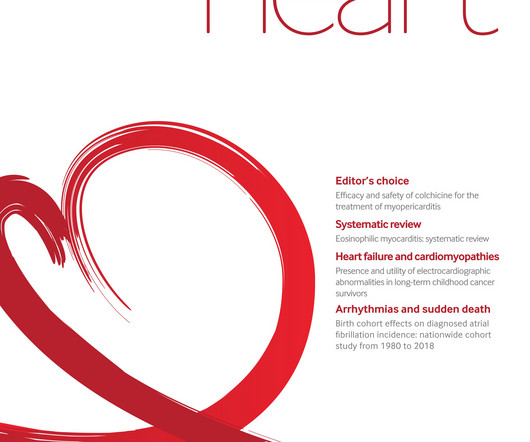
Heart BMJ
APRIL 25, 2024
Objective It is uncertain whether percutaneous coronary intervention (PCI) in addition to optimal medical therapy (OMT) can reduce adverse clinical events in the long term as compared with OMT alone in patients with pure stable angina. Methods We enrolled patients from 2006 to 2010 using the Korean national insurance data.
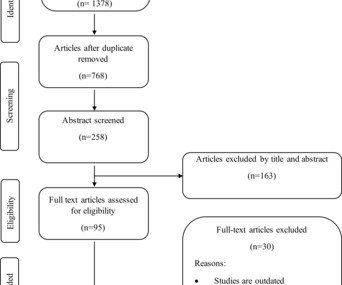
Open Heart
JANUARY 12, 2023
It causes stable angina to ACS. Diltiazem was found to decrease angina and increase quality of life until 12th week of treatment; however, some adverse effects include atrioventricular block and recurrent angina up till 4th week were found. Nevertheless, several CCBs adverse effects are harmful for these patients.
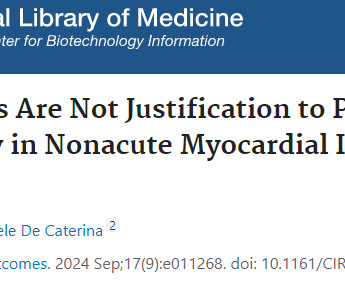
Dr. S. Venkatesan MD
SEPTEMBER 23, 2024
After a series of experiments in animals and peripheral vessels, he proved with a single patient N-1 study that effectively treated refractory LAD angina in a 38-year-old man in 1977. No one has questioned the efficacy of PCI for true angina with a critical lesion. Within a span of five to ten years, the concept spread globally.
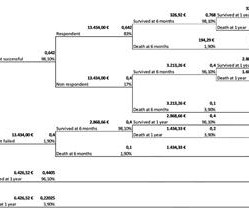
Frontiers in Cardiovascular Medicine
MARCH 17, 2024
Background Refractory angina (RA) is a chronic condition characterized by the presence of debilitating angina symptoms due to established reversible ischemia in the presence of obstructive coronary artery disease (CAD).

NEJM Journal Watch - Cardiology
APRIL 10, 2024
In a randomized, controlled trial, the device reduced daily angina but not myocardial ischemia in patients with refractory angina.
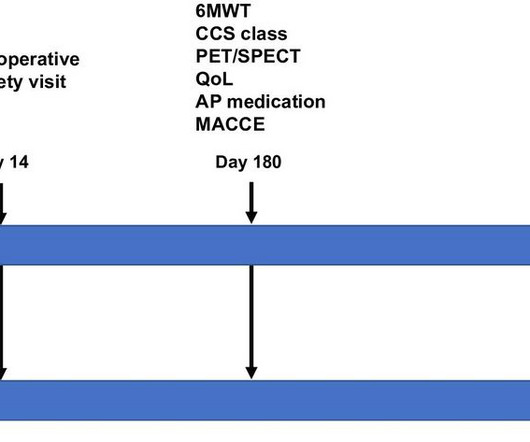
Open Heart
OCTOBER 17, 2024
Background Despite tremendous therapeutic advancements, a significant proportion of coronary artery disease patients suffer from refractory angina pectoris, that is, quality-of-life-compromising angina that is non-manageable with established pharmacological and interventional treatment options.
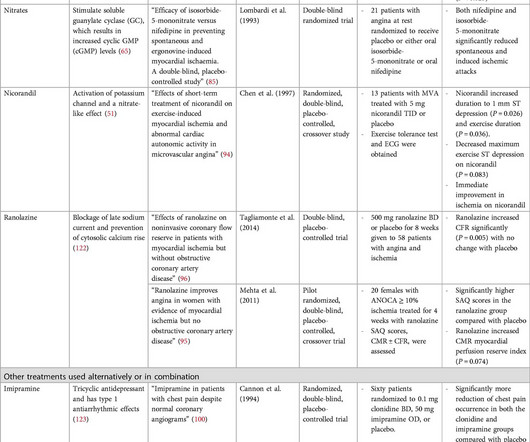
Frontiers in Cardiovascular Medicine
FEBRUARY 17, 2025
Ischemia with no obstructive coronary arteries (INOCA) is an increasingly recognized condition in patients presenting with angina and positive stress tests but without significant coronary artery stenosis.
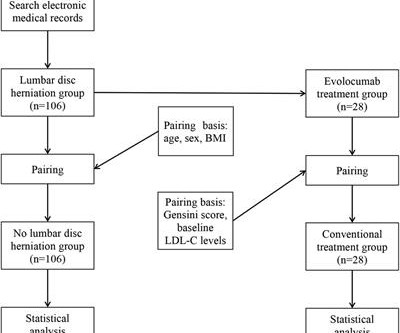
Frontiers in Cardiovascular Medicine
FEBRUARY 8, 2024
Methods In this study, a total of 212 patients (age 46–80 years) with unstable angina (UA) who underwent coronary angiography (CAG) in our hospital from January 2018 to July 2022 due to UA were included. Objective Assessing the impact of lumbar disc herniation (LDH) on the plaque burden of coronary atherosclerosis is our objective.

DAIC
MAY 2, 2024
Results from the open label roll-in cohort of patients having chronic myocardial ischemia with refractory angina showed an average increase in exercise tolerance of 107 seconds and an average of 82% reduction in angina episodes at the primary six-month follow-up endpoint compared to before receiving the study treatment.

Med Page Today
MAY 3, 2024
(MedPage Today) -- LONG BEACH, Calif. -- A gene therapy for therapeutic angiogenesis showed promise for people with angina who had already exhausted their options for medical therapy and coronary revascularization, according to the single-arm.
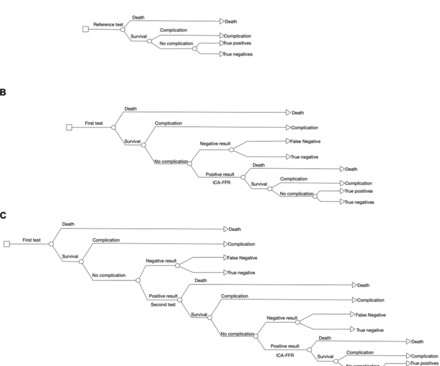
Open Heart
APRIL 4, 2022
Objective Given recent data on published diagnostic accuracies, this study sought to determine the most cost-effective diagnostic strategy for detection of significant coronary artery disease (CAD) in stable angina patients using invasive coronary angiography (ICA) and fractional flow reserve (FFR) as the reference standard.
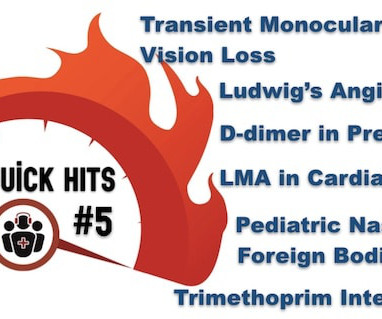
ECG Cases
JUNE 4, 2019
The post EM Quick Hits 5 Ludwig’s Angina, Transient Monocular Vision Loss, D-dimer for PE Workup in Pregnancy, Pediatric Nasal Foreign Bodies, Trimethoprim Drug Interactions, Airway Management in Cardiac Arrest appeared first on Emergency Medicine Cases.

Med Page Today
JANUARY 8, 2024
(MedPage Today) -- Exercise electrocardiographic (ECG) stress tests appeared to reliably indicate that some patients with angina with nonobstructive coronary arteries (ANOCA) actually had coronary microvascular dysfunction (CMD), preliminary evidence.

The New England Journal of Medicine
DECEMBER 20, 2023
The primary aim of treating patients with stable angina is to decrease symptoms and improve quality of life. Percutaneous coronary intervention (PCI), a treatment for patients with angina, does not reduce the risk of death from any cause, death from cardiac causes, or myocardial infarction.1 1 In this issue.

American College of Cardiology
MAY 20, 2024
The closer the similarity between patient-reported and medically induced angina symptoms, the more likely these symptoms will be improved following PCI, according to ORBITA-STAR, an n-of-1 placebo-controlled study presented at EuroPCR 2024.

The New England Journal of Medicine
NOVEMBER 10, 2023
In a randomized trial of PCI in patients with stable angina who were receiving little or no antianginal medication and had documented ischemia, PCI resulted in a better health status with respect to angina than placebo at 12 weeks.

Circulation
NOVEMBER 11, 2024
Approximately half of patients with CAD initially present with angina pectoris. The primary outcome was the Seattle Angina Questionnaire summary score (SAQ-SS) changes from baseline to 12 months. The primary outcome was the Seattle Angina Questionnaire summary score (SAQ-SS) changes from baseline to 12 months.

Nature Reviews - Cardiology
APRIL 24, 2024
Nature Reviews Cardiology, Published online: 25 April 2024; doi:10.1038/s41569-024-01033-x Findings from the ORBITA-COSMIC trial show that treatment of patients with stable coronary artery disease using a coronary sinus reducer improves angina symptoms but does not increase transmural myocardial perfusion.

The American Journal of Cardiology
DECEMBER 13, 2023
Publication date: 15 January 2024 Source: The American Journal of Cardiology, Volume 211 Author(s): Namrita D. Ashokprabhu, Jessie Fox, Timothy D. Henry, Christian W. Schmidt, Darlene Tierney, Julie Gallatin, Yulith Roca Alvarez, Lauren Thompson, Michelle Hamstra, Sachin A. Shah, Odayme Quesada

Science Daily - Heart Disease
SEPTEMBER 12, 2023
An advanced CT test can identify individuals with stable angina at a reduced risk of three-year adverse outcomes despite their having a high coronary artery calcium score, according to a new study.

Circulation
OCTOBER 5, 2023
BACKGROUND:We investigated the usefulness of invasive coronary function testing to diagnose the cause of angina in patients with no obstructive coronary arteries.METHODS:Outpatients referred for coronary computed tomography angiography in 3 hospitals in the United Kingdom were prospectively screened. Circulation, Ahead of Print. versus 50.9%,P<0.001).At

Med Page Today
MAY 19, 2024
(MedPage Today) -- PARIS -- Whether a person had chest pains resolved by angioplasty hinged on the nature, not the severity, of their presenting symptoms, an ORBITA-2 analysis showed. Investigators found two groups more likely to benefit from.

Circulation: Cardiovascular Interventions
JANUARY 15, 2024
The present study aims to investigate whether coronary sinus narrowing improves the indexes of coronary microcirculatory function.METHODS:Patients with refractory angina who had a clinical indication for reducer implantation underwent invasive physiological assessments before and 4 months after the procedure.
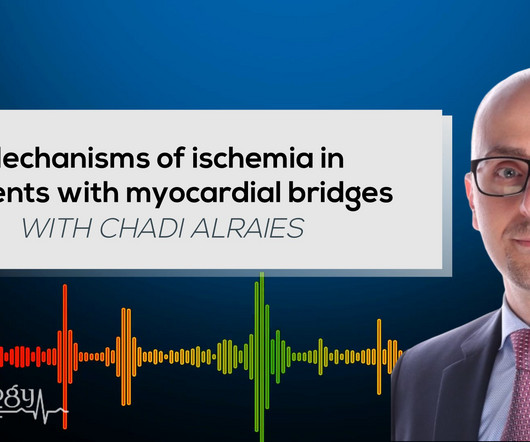
Cardiology Update
JANUARY 14, 2024
The perplexing landscape of angina with nonobstructive coronary arteries (ANOCA) encompasses diverse pathophysiological entities, including coronary microvascular disease (CMD), coronary artery spasm, and the enigmatic myocardial bridging (MB).

ECG Guru
MARCH 6, 2024
Ntg is presumably sublingual nitroglycerine used for angina. So, we can assume the patient was probably being treated for angina, heart failure, and hypertension. Lasix (furosemide) is a potassium – wasting diuretic. Capoten (captopril) is an ACE inhibitor. Procardia (nifedipine) is a calcium-channel blocker.

Circulation
NOVEMBER 11, 2024
It is primarily indicated for refractory angina that is not amenable to PCI or CABG with the opinion of a cardiologist. Despite being a heart transplantation candidate, she declined revascularization and sought alternative treatments for angina, dyspnea, and daily activity limitations.

Circulation
OCTOBER 26, 2024
Circulation, Ahead of Print.
Expert insights. Personalized for you.
We have resent the email to
Are you sure you want to cancel your subscriptions?

Let's personalize your content